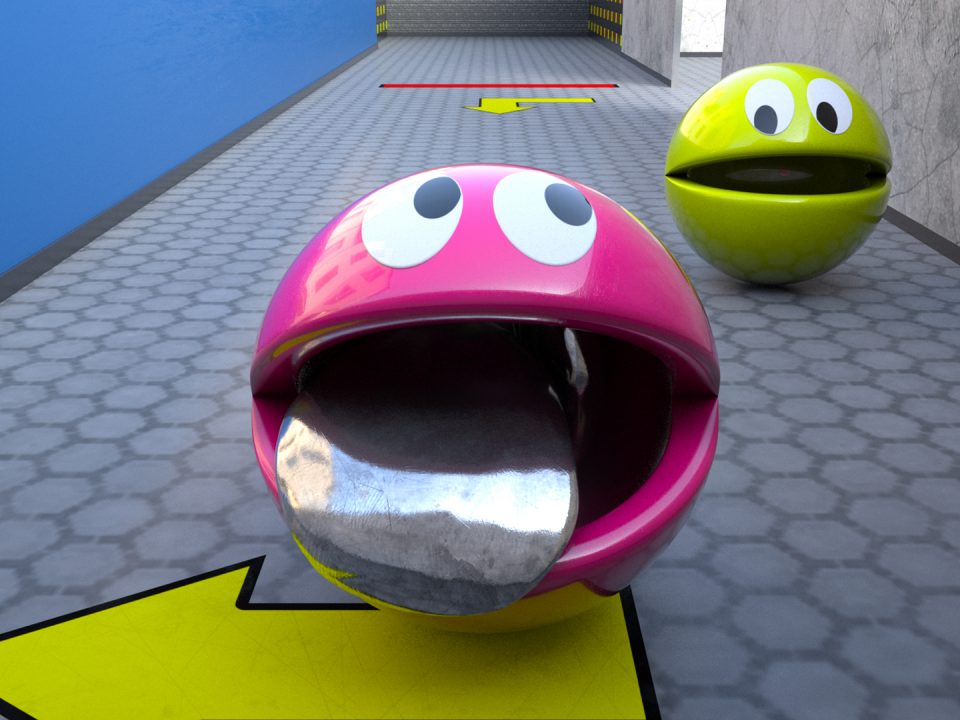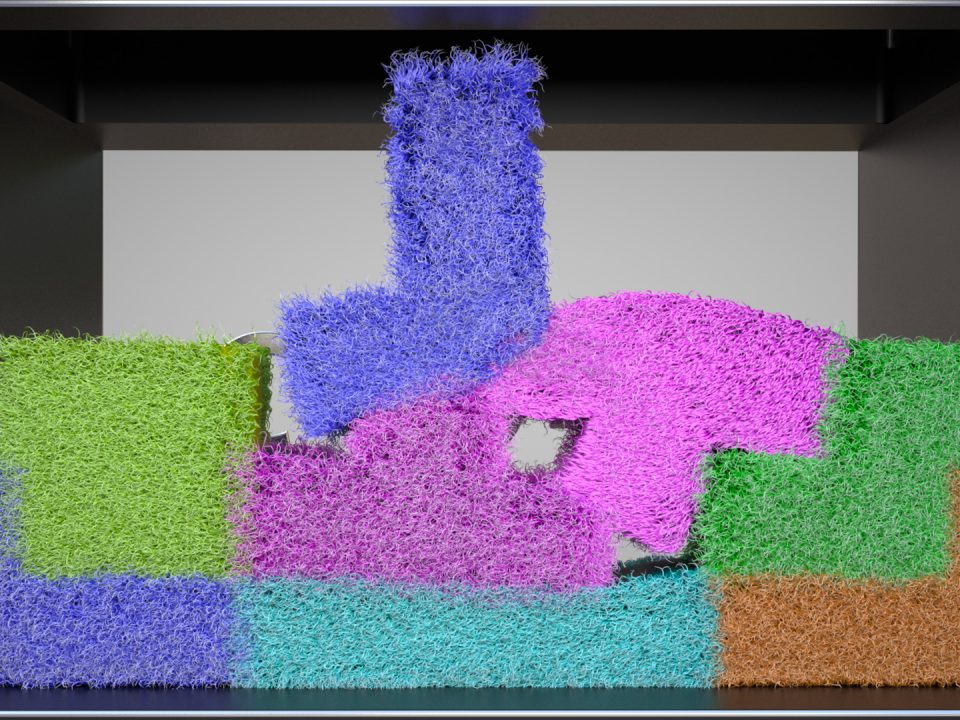
Which is faster * Brachistochrone Curve 2 ❤️ C4D4U

Who is faster? Gravitational Illusions – I was wrong and you? ❤️ C4D4U
Who is Faster? – An Experiment on Gravity and Falling Speed | C4D4U
Who is Faster? – An Experiment on Gravity and Falling Speed | C4D4U
In this exciting experiment, we pose the question: “Who is faster?” as we let two balls of different sizes, but the same density, fall freely. Find out if the size of a ball affects its falling speed and discover how gravity works in practice.
What You Will Learn:
The basics of free fall and gravitational acceleration.
The effects of size and mass on falling speed under ideal conditions.
Observe how objects of different sizes fall in Earth’s gravitational field.
Discuss with Us!
Did you expect size differences to have an impact? Why or why not? Share your thoughts and knowledge in the comments!
Newton’s First Law (Law of Inertia):
This law states that an object at rest stays at rest and an object in motion stays in motion with the same speed and in the same direction unless acted upon by an external force. In the context of your experiment, this means that the balls would continue to fall unless the force of gravity accelerates them.
Newton’s Second Law (Law of Motion):
This law describes the relationship between the force applied to an object, its mass, and the resulting acceleration:
F=ma.
For objects falling under gravity, the acceleration is considered constant (approximately 9.81 m/s² on Earth), regardless of the object’s mass.
Newton’s Third Law (Action-Reaction Law):
For every action, there is an equal and opposite reaction. This is less directly relevant to free falling but comes into play when considering the interactions between the balls and the Earth.
Galileo Galilei’s Laws of Falling:
Galileo demonstrated through experiments that all objects fall at the same rate in a vacuum, regardless of their mass. This debunked the older view that heavier objects fall faster.
His famous experiment at the Leaning Tower of Pisa showed that balls of different weights hit the ground simultaneously when the influence of air resistance is minimal.
Air Resistance and its Effects:
Air resistance is a force that acts opposite to the direction of movement of an object and increases with the object’s speed and cross-sectional area. In your experiment with a short drop distance, air resistance is negligible, but it’s important to understand how this factor plays a role at higher speeds or larger drop heights.
Conservation of Energy:
The laws of conservation of energy, particularly the transformation of potential energy into kinetic energy during a fall, are central to understanding how objects accelerate as they fall.






Rendered by multiple computers!
https://c4d4u.one/my-equipment/
————————————————————
In the future I will learn more Blender and Houdini FX. Blender is very cool and free.
❤️❤️❤️———————————————————————————————
If you would like to support me, feel free to buy me a coffee ☕ 😃❤️
❤️❤️❤️———————————————————————————————
Twitter:
https://twitter.com/C4D4U
Facebook:
https://www.facebook.com/C4D4U
Instagram:
https://www.instagram.com/c4d4u/
TikTok:
https://www.tiktok.com/@c4d4u
Relax and enjoy this video. ASMR for my eyes. Some people make it happy and satisfied. It also has a calming effect.
ASMR = Autonomous sensory meridian response





